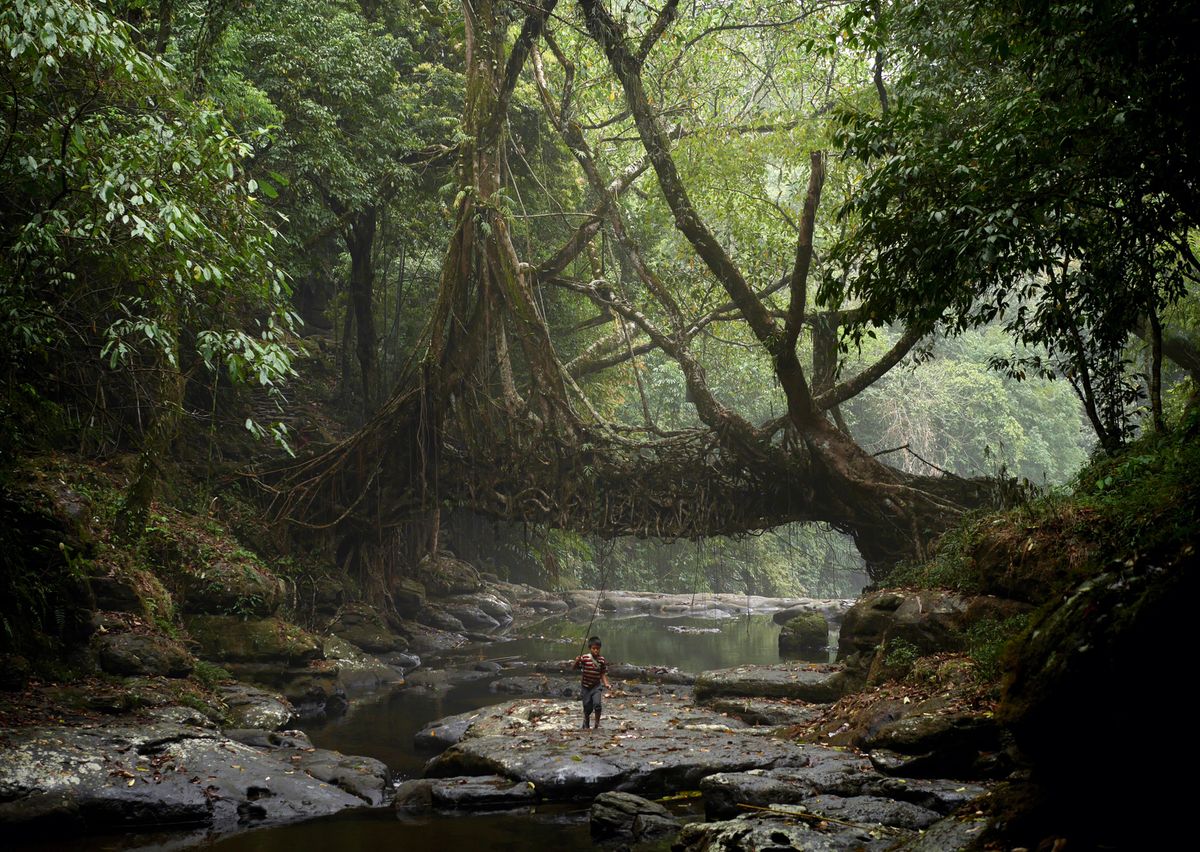Sublime
An inspiration engine for ideas
Ezio Manzini is a professor of industrial design at Politecnico di Milano and a thought leader on strategic design for sustainability. He breaks down the process of designing what he calls collaborative service systems into four critical design components: fluidity of use, replication, diversified access, and enhanced communications support.8 Manzi
... See moreRachel Botsman • What's Mine Is Yours: The Rise of Collaborative Consumption
Earlier this week, @voguemagazine shared some of our intentional design inspirations. Sharing them here as well! (1) Patagonia: The best way to live sustainably is to not buy anything at all. If you have to buy something, it should be something that lasts & that you love! (2) Muji: A lesson in functionality & simplicity. (3) Herman Miller: The Mich... See more
instagram.com
Change by Design: How Design Thinking Transforms Organizations and Inspires Innovation
amazon.com
Sustainable design is the approach to creating products and services that have considered the environmental, social, and economic impacts from the initial phase through to the end of life. EcoDesign is a core tool in the matrix of approaches that enables the Circular Economy.
Leyla Acaroglu • Quick Guide to Sustainable Design Strategies
In this article, I set to understand and explore fundamental thinking that examines a new design worldview. A proposal to change our ways of working as designers, first in voluntary communities (which we already have, but with different goals) and then to be better equipped to understand and explore as individuals and as a community.
Angelos Arnis • Designing for the last earth
What does it take to build something so that’s it’s really easy to make comfortable little modifications in a way that once you’ve made them, they feel integral with the nature and structure of what is already there?
Chris Alexander
Regenerative design: meet the creatives taking a rooting interest in learning from nature
Wallpaperwallpaper.com
Playgrounds over Paths
Today's standard design wisdom focuses on the design of linear paths. Sometimes they may branch, but they're ultimately a sequential set of steps towards a desired outcome.
Within complex systems, these paths often lack the flexibility to adapt to emergent conditions - users acting outside the "designed boundaries".
Instead of... See more
Today's standard design wisdom focuses on the design of linear paths. Sometimes they may branch, but they're ultimately a sequential set of steps towards a desired outcome.
Within complex systems, these paths often lack the flexibility to adapt to emergent conditions - users acting outside the "designed boundaries".
Instead of... See more





